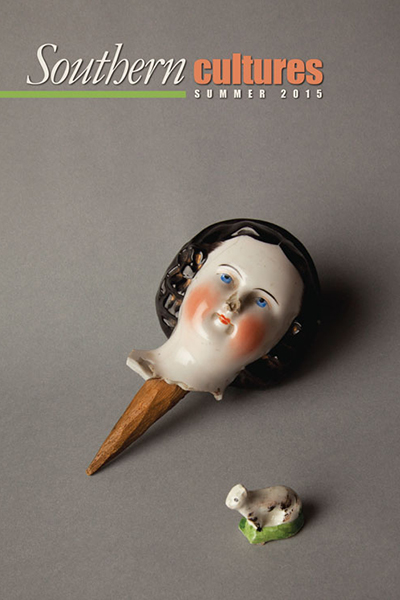“I cannot imagine losing my son, nor can I conjure the language to explain these deaths to him.”
The body of work begun this year includes the companion pieces Explication de texte: […] shot my son and Testimony, Disintegration. Explication was inspired by my inability to empathize with mothers who have lost their children to police violence; I cannot imagine losing my son, nor can I conjure the language to explain these deaths to him. Reaching the limit of what is comprehensible, the words in the newspaper accounts become pure form. Explication de texte, or “close reading,” is a method for fleshing out the meaning embedded in written works. I imagined an analysis of pure graphemes, the text’s form, might yield explanations otherwise unattainable. At UNC ’s CHANL lab, I photographed the phrase “[…] shot my son,” as it appeared in the New York Times under a confocal microscope at 20x magnification. The final image is composed of hundreds of microscope scans, pieced together, and printed as a newspaper. Testimony (a piece from the series can be seen above) consists of related newspaper articles hand-copied in iron gall ink, the text of which, through a process of accelerated oxidization, eats through the paper, producing an effect similar to my cut-paper work.
Formally, Explication shifts the scale of the text to examine its form, proposing the forms of the letters themselves as the newspapers’ sole contents. Testimony employs a slight scale shift; the individual articles are enlarged to encompass the full page, broadsheet spread, the excised space forces consideration of the individual page as object. Both works continue the current focus on “alternative readings” of texts begun in 2011 with my short animation, Foucault for Aphasics.
In my research into caustic, paper-eating inks, I found iron gall ink (the focus of many academic studies, as it has caused deterioration of important ancient manuscripts). Gall ink is made by creating a tannic liquid from fermented oak tree galls and adding ferrous sulfate, gum arabic, and campeachy wood-pulp dye. The excess of iron sulfate in many folk recipes for this ink makes them unstable, and susceptible to deterioration. Through a process of iron oxidization and eventual cellulose deterioration, the inked areas of the paper loose tensile strength and disintegrate, leaving holes in paper. The resulting lattice-like excisions are similar to that of hand-cut paper. Following months of research, I’m accelerating the disintegration process from hundreds of years to weeks. I have been hand-copying newspaper articles with this ink and am currently developing a process by which I can do this work on a larger scale—both in quantity and size of individual works.
In the next months, I hope to collaborate with printmakers to develop a printable ink (and accompanying paper treatment process) in order to mass-produce copies of newspaper articles relating to the larger project. Conceptually, this work would challenge the singularity of that which is mass-produced; the text on each copy will degrade uniquely. The technique challenges the proliferation of laser-cutting as the default process for large-scale cutout works. Overall, the work is a statement about information that is too toxic to exist in print.


